From High School Labs to the ISS: How Genes in Space Shaped the Future of Four Young Scientists
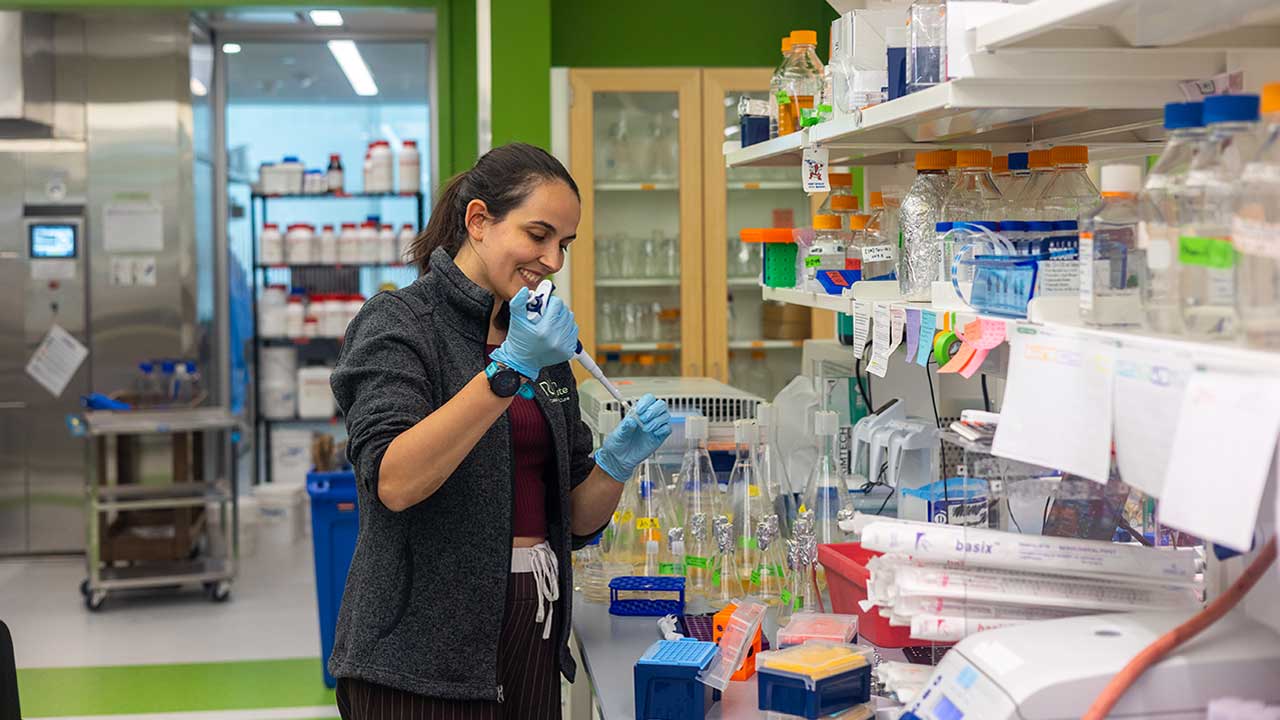
Anna-Sophia Boguraev works in the vaccine lab at the Ragon Institute of Harvard, MIT, and Mass General Brigham.
Media Credit: Anna-Sophia Boguraev
July 23, 2025 • By Diana Rugg, Staff Writer
As kids, their ambitions were sky-high. Kaylie Hausknecht imagined herself as a neurosurgeon and idolized Albert Einstein, even dressing up as the physicist for a third-grade project. Aarthi Vijayakumar pictured a future in medicine or science. Anna-Sophia Boguraev gazed at the stars, hoping to become an astronaut, and Jonathan Chang envisioned a career in the NBA but recognized that his true strengths lay in math and science.
Those childhood dreams didn’t vanish—they evolved into careers in science, medicine, and technology. And for each of them, one transformative experience shaped their future: the opportunity to design a DNA research project for the International Space Station (ISSInternational Space Station).
In high school, all four became finalists in the annual Genes in Space™ competition, proposing biotechnology experiments that utilize the unique space environment of the ISS. Co-founded in 2015 by Boeing and miniPCRbio® and supported by the ISS National Laboratory® and New England Biolabs, the contest for grades 7-12 offers a hands-on, immersive introduction to science, technology, engineering, and mathematics (STEM), paving the way for future careers in science and space.
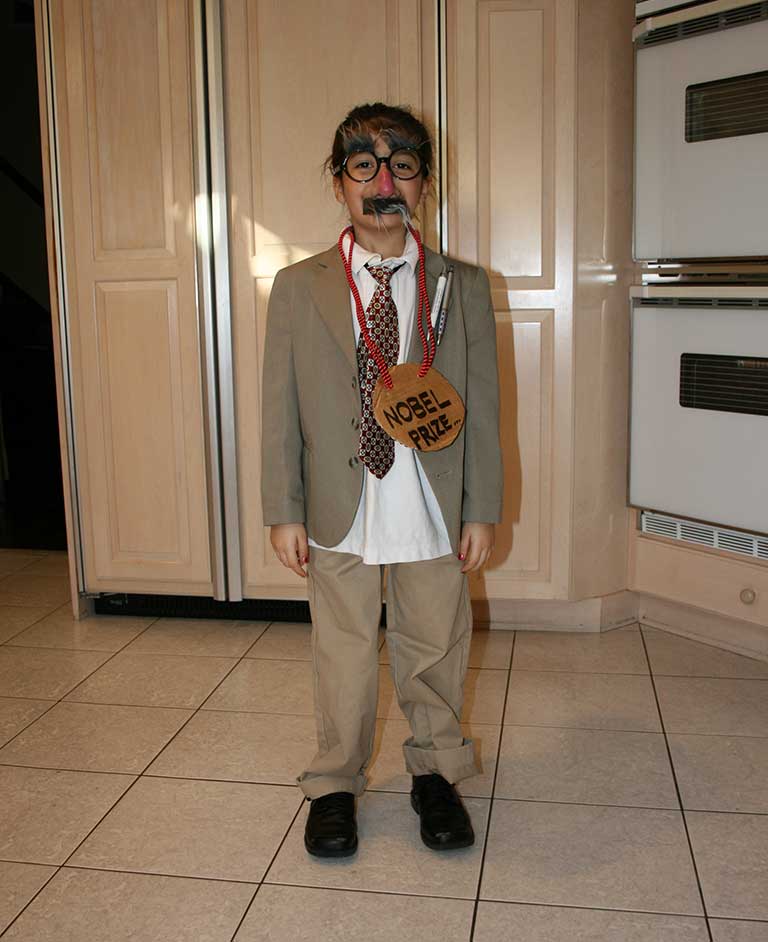
Kaylie Hausknecht dressed up as Albert Einstein for a school project in 2009.
Media Credit: Kerin Hausknecht
“Engaging the next generation of engineers and scientists means bringing real-world scientific experiences to the classroom,” said Scott Copeland, director for ISS research integration at Boeing and co-founder of Genes in SpaceAn annual national research competition for students in grades 7 through 12 to design pioneering biotechnology experiments that are conducted by astronauts on the space station. The program is funded by Boeing and miniPCR bio and supported by the ISS National Laboratory® and New England BioLabs.. “Genes in Space is designed to spark student interest in science and biology while fostering creativity, collaboration, and critical thinking skills in young innovators.”
As the U.S. faces a pressing need for a strong future STEM workforce, programs like Genes in Space help pique curiosity and inspire careers in science. Each year, hundreds of students nationwide submit proposals, and five finalist teams receive expert mentoring and a trip to the annual ISS Research and Development Conference (ISSRDC(Abbreviation: ISSRDC) The only conference dedicated exclusively to showcasing how the International Space Station is advancing science and technology and enabling a robust and sustainable market in LEO. This annual conference brings together leaders from the commercial sector, U.S. government agencies, and academic communities to foster innovation and discovery onboard the space station. ISSRDC is hosted by the Center for the Advancement of Science in Space, manager of the ISS National Lab; NASA; and the American Astronautical Society.) to present their ideas to a panel of judges. Only one team wins and sends their project to space, but other finalists say the journey itself leaves an indelible mark on their lives.
“I think I would be somewhere very different, but I couldn’t even begin to guess where that is,” says Boguraev, the first Genes in Space winner in 2015, who credits the program with giving her a clear vision of the biologist and researcher she could become.
Other finalists share similar stories of eye-opening experiences that shaped their paths and launched them from student projects to STEM careers. In each case, it all began with a single, creative idea about science in space.
From Ideas to Launch
Boguraev had always looked forward to a career in space. She laughs, recalling how, at four years old, she built a cardboard rocket ship and sobbed when it wouldn’t fly. Never taking her sights off the stars, she read books under her desk in school and met teachers who shared her enthusiasm for the final frontier.
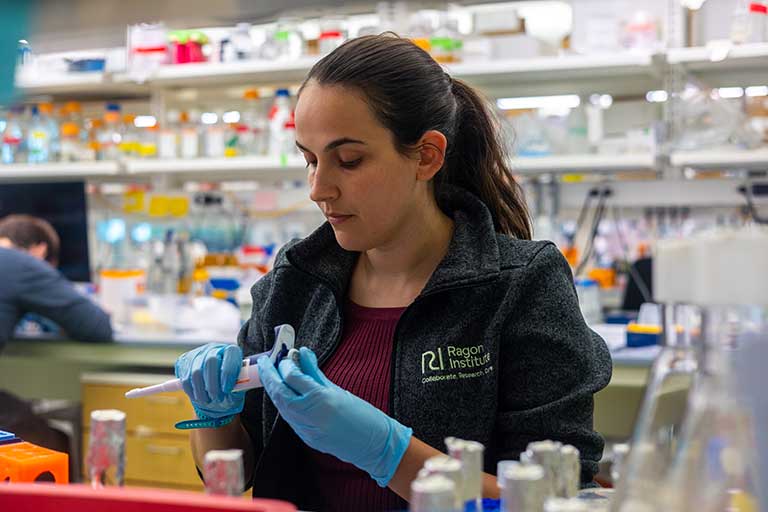
Anna-Sophia Boguraev works in the Schmidt Lab at the Ragon Institute of Harvard, MIT, and Mass General Brigham designing vaccines for pandemic-potential viruses.
Media Credit: Anna-Sophia Boguraev
That lifelong interest led to a winning Genes in Space proposal to investigate whether spaceflight conditions—including microgravityThe condition of perceived weightlessness created when an object is in free fall, for example when an object is in orbital motion. Microgravity alters many observable phenomena within the physical and life sciences, allowing scientists to study things in ways not possible on Earth. The International Space Station provides access to a persistent microgravity environment. and radiation—trigger epigenetic changes that suppress immune function. Epigenetic changes are modifications that affect gene activity without altering the underlying DNA sequence, potentially influencing how the body responds to stressors like those encountered during space travel. Boguraev proposed using a process called polymerase chain reaction (PCR) that makes millions of copies of specific DNA targets, allowing scientists to study genes more easily.
“This was a very ambitious proposal, given we had never done PCR in space,” she said. Her experiment, however, successfully reached a huge technical milestone: “We validated PCR on the ISS.”
The same year Boguraev won the Genes in Space competition, Chang and his Seattle-area teammate were finalists. They read about a hardy bacterium that survived for a year and a half in an experiment outside the space station and proposed to unwind its DNA. They theorized that perhaps the bacteria’s longevity could be applied to questions about long-term health.
The team developed its proposal with guidance from a Harvard mentor and even went a step further by reaching out to the University of Washington genome lab. It was an eye-opening experience to be surrounded by professional scientists and their work, he says. The team’s visit to ISSRDC also expanded Chang’s perspective on careers in STEM.
“Having that opportunity exposed us to so much more. I really didn’t have any crazy direction before that,” he recalled with a chuckle.
In 2018, Genes in Space winner Vijayakumar and her three teammates from the suburbs of Minneapolis plowed new ground by using a powerful, new gene-editing tool called CRISPR to break DNA in space and study how it repaired itself. Inspired by NASA’s Twins Study of astronauts Mark and Scott Kelly, they wanted to explore how microgravity conditions might alter DNA repair and contribute to the increased risk of cancer that astronauts are known to experience after spaceflight. Their MIT mentor helped connect their ideas to broader issues related to diagnosing human diseases.
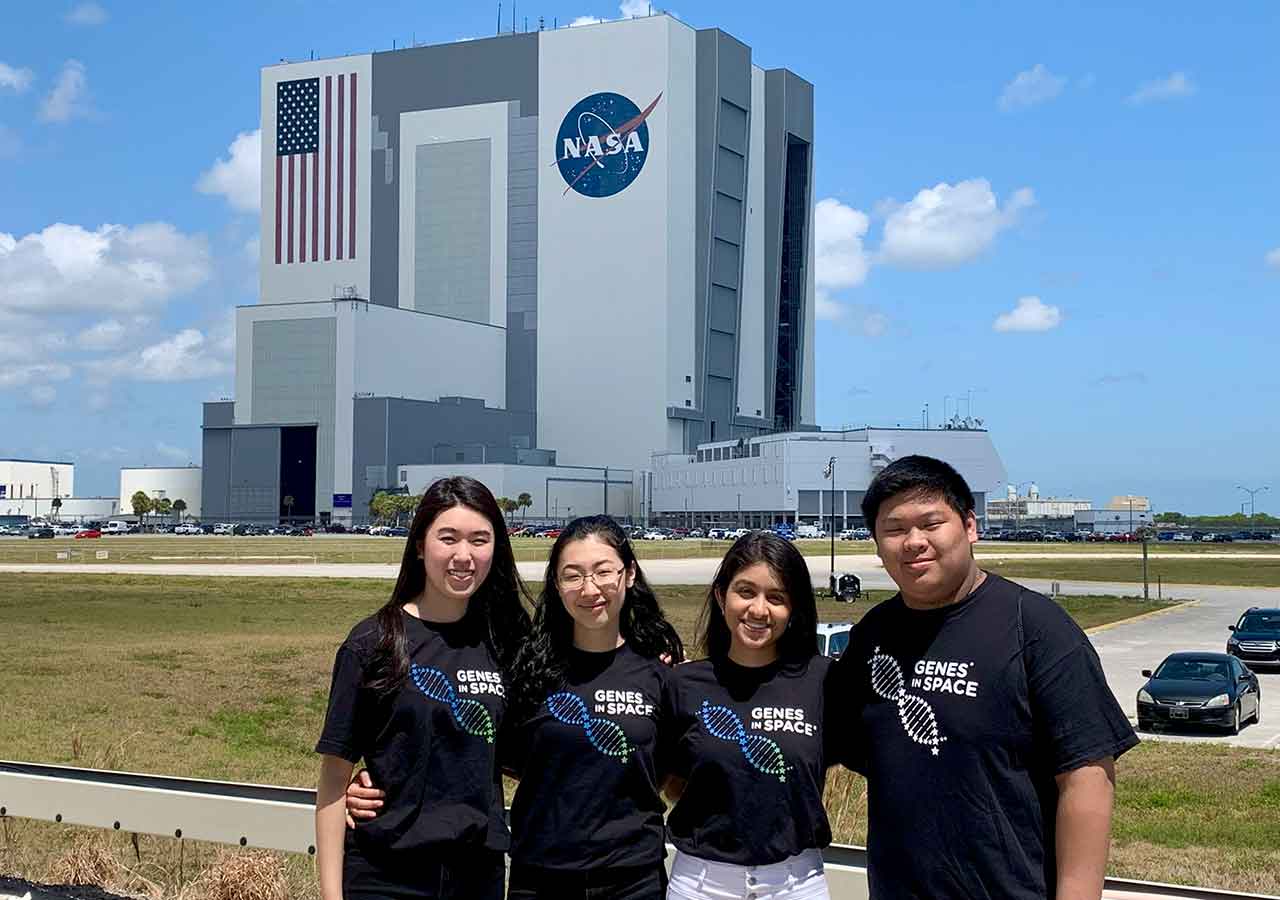
Aarthi joined her teammates Michelle Sung, Rebecca Li, and David Li at Kennedy Space Center before their project launched in May 2023.
Media Credit: Genes in Space
“We took a human health problem down to a molecular level, and that was kind of the goal all along,” Vijayakumar said.
After winning the competition, the team collaborated with scientists and engineers from Boeing, miniPCR bio®, MIT’s Whitehead Institute, and NASANational Aeronautics and Space Administration for a year to prepare their project for flight. Along the way, they developed solutions to unexpected challenges, helped create new protocols with Boeing, visited NASA’s Johnson Space Center, and ultimately witnessed their experiment launching to the ISS.
Vijayakumar remembers watching the rocket rise from the ground and feeling amazed, knowing that her science was on its way to space. “It was the opportunity of a lifetime,” she said.
Hausknecht also joined the Genes in Space finalist ranks, building on her lifelong interest in science. As a child, she was fascinated by a model of the human brain her dad kept at home. Using her school’s Lab in a Box miniPCR kit, which equips high school classrooms with the same molecular biology tools used on the space station and provides accompanying curriculum, she laid the groundwork for testing biological responses in space. Her Genes in Space proposal examined how cyanobacteria, which use photosynthesis to produce oxygen, could be engineered to withstand the conditions on the ISS.
“With these tools, students and teachers develop skills that will help support and foster a low Earth orbit(Abbreviation: LEO) The orbit around the Earth that extends up to an altitude of 2,000 km (1,200 miles) from Earth’s surface. The International Space Station’s orbit is in LEO, at an altitude of approximately 250 miles. economy,” said Marc Bliss, program lead for Genes in Space at miniPCR bio. “We’ve built a strong community of alumni, graduate student mentors, and dedicated STEM teachers to inspire the next generation of researchers and space pioneers.”
With help from her mentor, an MIT graduate student, Hausknecht refined her Genes in Space idea into an investigation of how cells adapt to changes caused by microgravity. The project would utilize PCR to amplify specific DNA sequences and observe changes in gene expression triggered by space conditions—particularly those related to changes in the cells’ metabolism and physical environment, like gravity, that can cause stress.
Hausknecht’s visit to ISSRDC boosted her confidence, especially the way scientists treated her as a peer. “Genes in Space helped me see space science not as a dream but as a path I could realistically pursue,” she said. “It really increased my intellectual maturity.”
The Journey From Student to Scientist
The Genes in Space experience also shaped each finalist’s next step: choosing a college and a major. For Chang, the connection was fairly direct. He toured Tufts University while in Boston for ISSRDC and locked in his decision to pursue a demanding double major in engineering and computer science.
He credits Genes in Space with giving him the confidence to pursue the workload and for introducing him to a Tufts professor who worked with NASA. While assisting with the professor’s research, Chang created an image processing tool to analyze hours of years-old videos depicting materials investigations on the space shuttle. This experience led to an internship with a NASA contractor, where he worked on space systems.
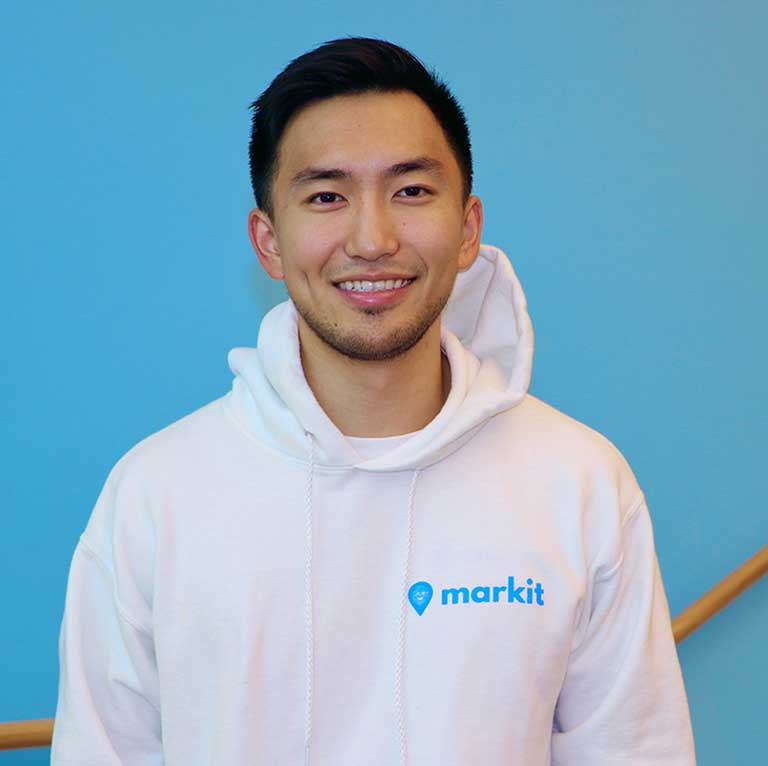
2015 Genes in Space finalist Jonathan Chang is co-founder and CEO of startup Markit AI.
Media Credit: Markit AI team
After completing the internship and graduating, Chang entertained several full-time job offers in the space and tech industries before accepting a position at a Series A robotics startup in Boston. After a year at the startup, he went on to develop a text-based platform that enables creators, such as artists and influencers, to more easily connect with their followers. To commercialize the platform, he founded Boston-based startup Markit AI, which has raised $1.8 million in investor funding and sends more than one million text messages per month. Chang also serves as president of Techstars’ Boston alumni chapter and is an Entrepreneur in Residence at Boston University.
“I only pursued engineering because of my experience at ISSRDC,” says the entrepreneur with two STEM degrees, looking back at the 17-year-old who attended the conference. “There would be no way I would have even started a company if I didn’t have the technical ability to do that—the career trajectory is insane.”
Boguraev charted an ambitious course of her own. After graduating from Yale, she began an eight-year M.D.-Ph.D. program at MIT and Harvard. She is working toward a Ph.D. in chemical biology, focusing on immunity and vaccine design at the Ragon Institute. Building on her Genes in Space research, she focuses on engineering proteins to create more targeted vaccines against viruses such as Dengue, Zika, and West Nile, which disproportionately affect low-resource regions. The parallels between her current work and her early space experiment are striking: both require tools that are compact, portable, and user-friendly, whether for use in orbit or remote clinics on Earth.
“There’s a relationship between doing science in space and doing medicine in low-resource communities on Earth,” Boguraev explains. “Doing Genes in Space was the first time I began to see that connection.”
After spending a summer in the Space Life Sciences training program at NASA’s Ames Research Center, Boguraev says she would love to return to space-based research if an opportunity arose for translational medicine studies on the diseases she is focused on. But whether her work returns to space or not, she says it was the opportunity to send an experiment to the space station that launched her career.
“I think having that perspective has made me approach science much more creatively and also made me see connections across different disciplines of science,” she said.
Just across campus from Boguraev, Vijayakumar is now a third-year medical student in the Harvard-MIT Health Sciences and Technology program. During her undergraduate years at Yale, Vijayakumar and her team took their Genes in Space project a step further. They published a peer-reviewed article on their results and presented findings at a technical session at ISSRDC the following year.
While Vijayakumar always knew she wanted to pursue a career in biology, her Genes in Space experience refined the trajectory of her college studies, leading her to pursue undergraduate research on immune system regulation. Eventually, Vijayakumar wants a career where she can apply her studies in a clinical setting with patients. Her current research is focused on the development of HIV therapeutics, and she’s excited that her lab’s principal investigator is actively involved in clinical trials for other vaccines.
“And it’s all because of Genes in Space,” she said. “I understood that I could contribute to solving a human health problem and could be treated like a scientist and collaborator at such a young age.”

Aarthi Vijayakumar is pictured here at Harvard Medical School's White Coat Day in July 2023.
Media Credit: Devi Vijayakumar
Not every finalist’s journey to their career was a direct one, however—the pandemic proved that to Hausknecht. Her experience with Genes in Space and ISSRDC, though, smoothed the steps in front of her at a time when she could have easily tripped. During her first year at Harvard, students returned home to learn remotely due to the COVID-19 pandemic. Faced with a sophomore year of remote learning, she looked for a fall internship she could do instead, only to learn that the deadlines had already passed.
Hausknecht reached out for advice to her Genes in Space mentor, who pointed her to a NASA scientist also involved with the Genes in Space program. With encouragement and an application that drew heavily on both her Genes in Space experience and her work in a condensed matter physics lab at Harvard, Hausknecht secured a fall internship in the Computational Fluid Dynamics Division at NASA’s Langley Research Center.
Then, in the spring, she interned at NASA Ames, where she helped detect exoplanets—her group found 301 new ones—and was selected for NASA’s Sally Ride Internship Award.
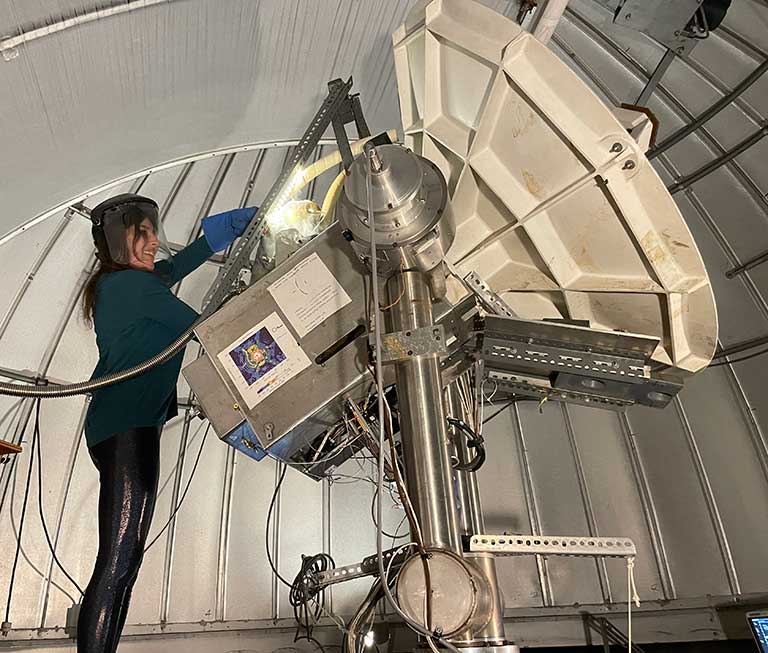
Kaylie Hausknecht fills a dewar with liquid nitrogen at the Harvard-Smithsonian Center for Astrophysics 1.2-meter telescope.
Media Credit: Kaylie Hausknecht
“It really wouldn’t have been possible without my experience at Genes in Space,” said Hausknecht. Her internships at NASA opened new opportunities, including three additional NASA internships, and reaffirmed her goal to pursue a Ph.D. in physics. She’s now living out that dream at MIT, where she has been pursuing research at the intersection of machine learning and statistical physics.
“I’m so thrilled to be where I am,” she said. “It was always a dream of mine as a kid to learn what Einstein’s E=mc2 meant, and now I’m studying physics!”
Paying it Forward
While the finalists’ hometowns cheered them on, their schools also reaped benefits. The students’ sponsoring teachers accompanied them to ISSRDC, providing valuable exposure to space science that they could bring back to their classrooms. Additionally, each school received a miniPCR machine to conduct DNA experiments.
Hausknecht’s science teacher was awarded a grant to purchase additional miniPCR machines and now leads the school’s science department. Inspired by her mentors and the Genes in Space experience, Hausknecht hopes to build a career that blends physics research, teaching, and mentorship—maybe even as a NASA scientist.
“Genes in Space gave me the confidence and the tools that made me feel like I could be a scientist and set me on that path,” she said, encouraging high school students to apply for the Genes in Space program. “No idea is too big or too small, so don’t be intimidated,” she advises.
At Vijayakumar’s high school in Minnesota, the use of miniPCR became part of the curriculum, helping new teams enter the competition. Today, Vijayakumar is always happy to offer advice to the “home team.” She relishes the opportunities that new generations at her alma mater now possess. “It’s many students’ first lab experience, and it’s rewarding to see them excited,” she says. “It was nice to be able to give something to our school and our teacher, who supported us all the way.”
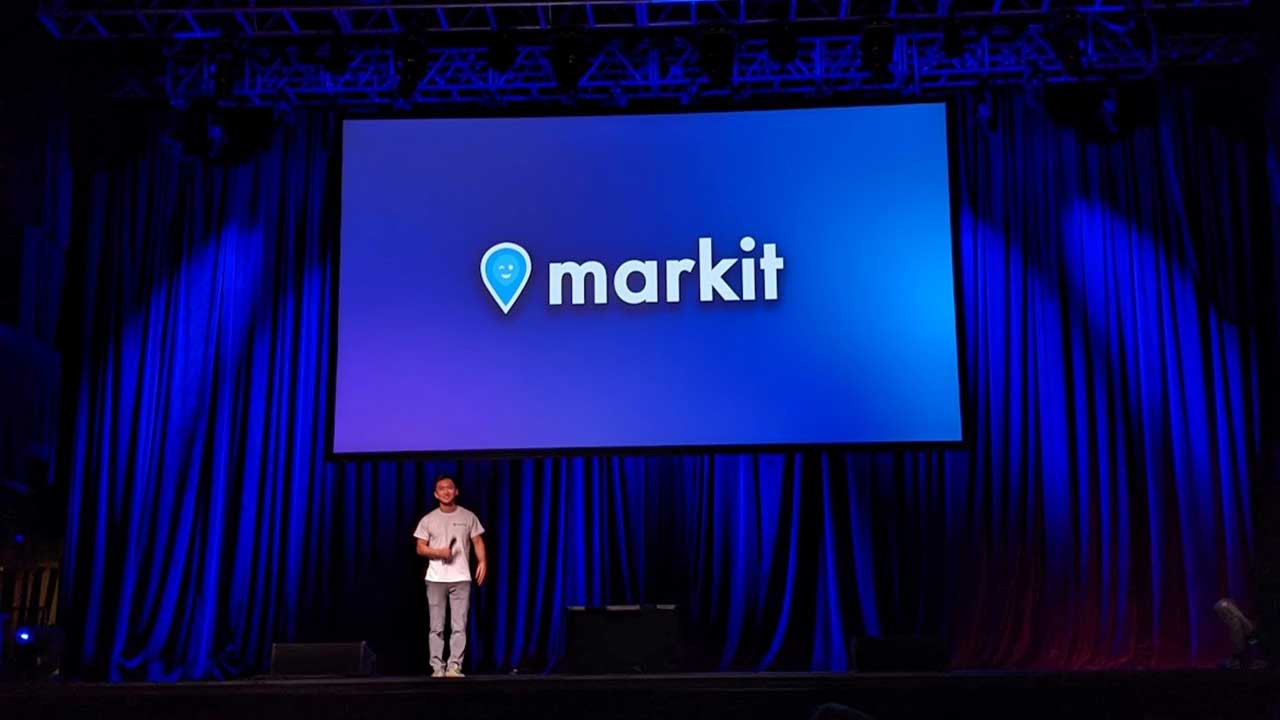
Chang presented at Techstars Boston Demo day in Aug 2022.
Media Credit: Techstars Boston
Chang compares entering Genes in Space to the butterfly effect, or the idea that a small change can eventually lead to a drastically different outcome.
“Any opportunity that comes up, you have no idea where it could possibly take you,” he says. “But if you don’t take it—if you don’t flap your wings—nothing’s going to happen. You never know what that opportunity can become.”